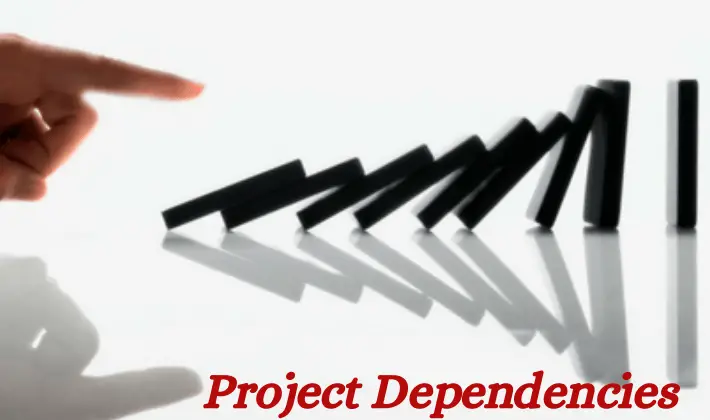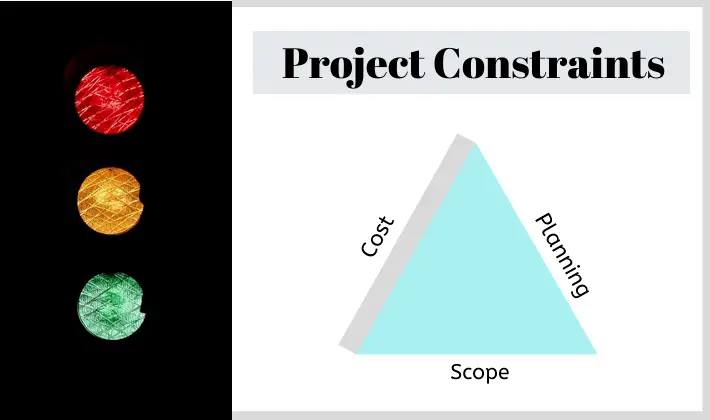How to Use Leads and Lags in Project Schedule?
Leads and Lags – Definitions, Explanations & Examples Leads and Lags are essential for making a good project schedule. They are the basic building blocks of scheduling. Many scheduling experts don’t use them. Instead, they often apply (incorrect) alternatives. In my opinion, Leads and Lags are easy to use and implement. They should always be…


![Start to Finish [SF] Relationship (Dependency) With Examples](https://www.pmbypm.com/wp-content/uploads/2014/06/start-to-finsh.jpg)
![Finish to Finish [FF] Relationship (Dependency) With Examples](https://www.pmbypm.com/wp-content/uploads/2014/06/Finish-To-Finish-Relationship.png)
![Start to Start [SS] Relationship (Dependency) With Examples](https://www.pmbypm.com/wp-content/uploads/2014/06/start-to-start-1.jpg)
![Finish to Start [FS] Relationship (Dependency) With Examples](https://www.pmbypm.com/wp-content/uploads/2014/06/finish-to-start.jpg)
![How To Use Project Schedule Network Diagram? [Example]](https://www.pmbypm.com/wp-content/uploads/2014/06/project-network-1.png)
![4 Types of Dependencies In Project Management [Examples]](https://www.pmbypm.com/wp-content/uploads/2014/06/4-types-of-project-dependencies.png)




